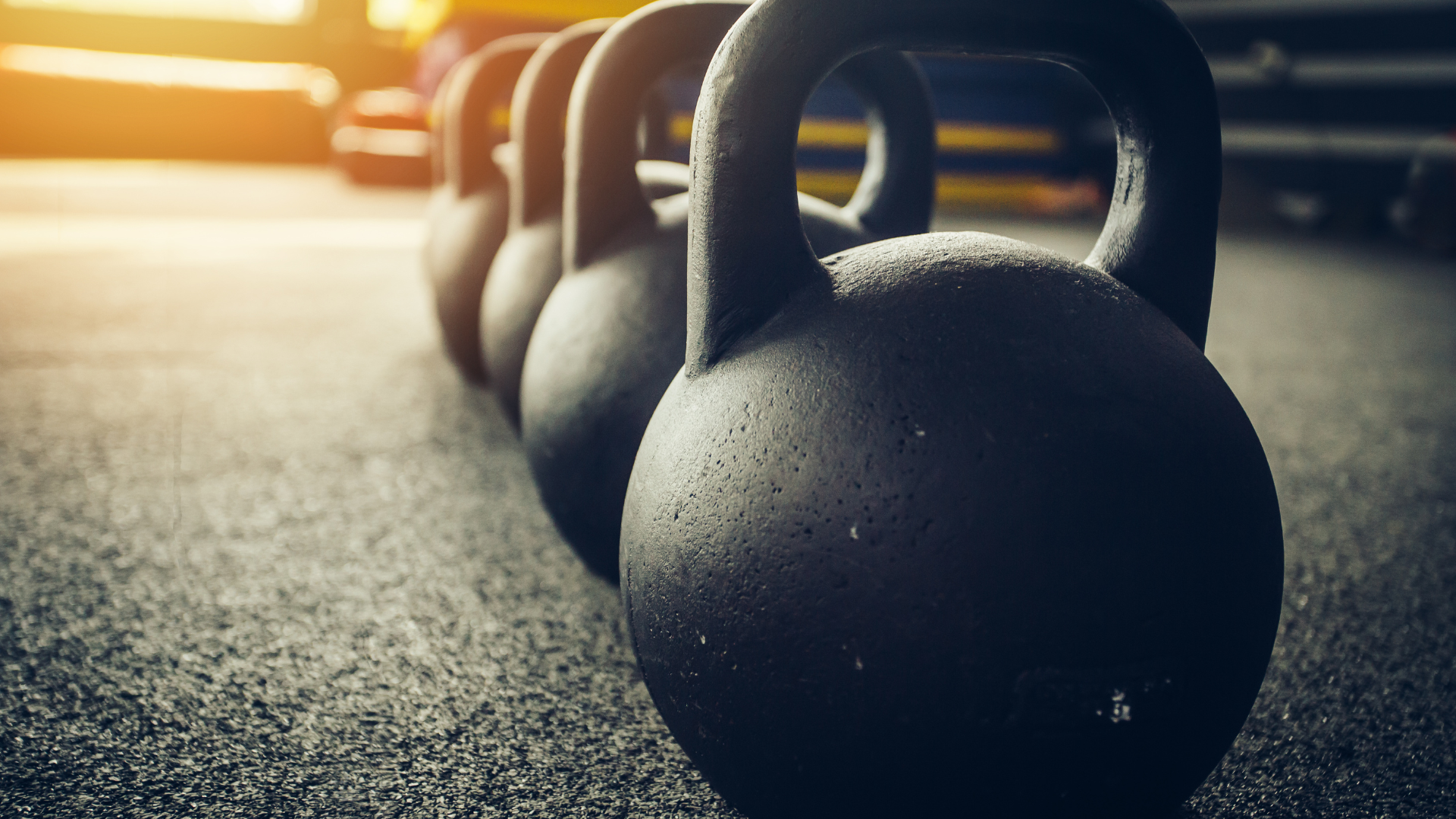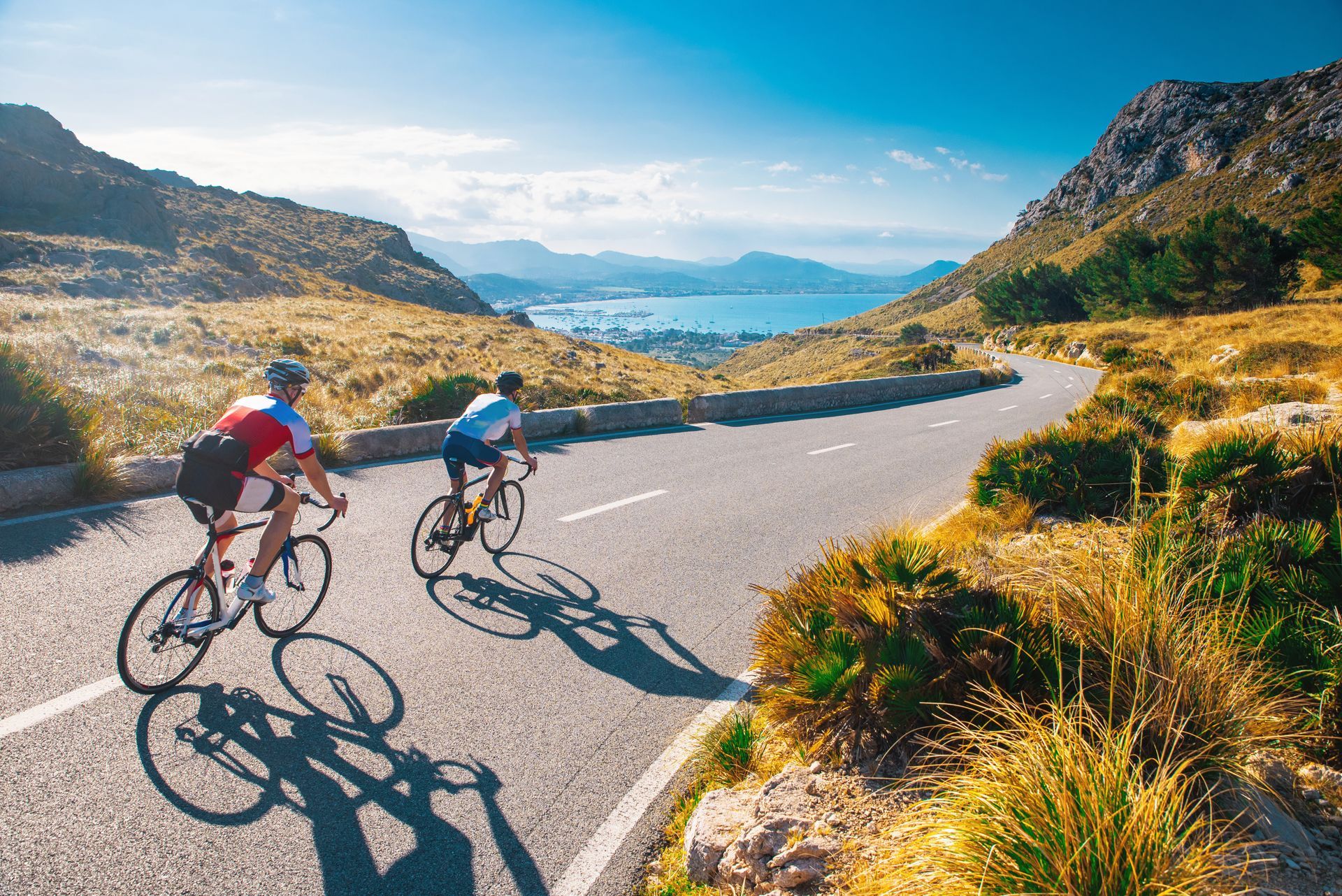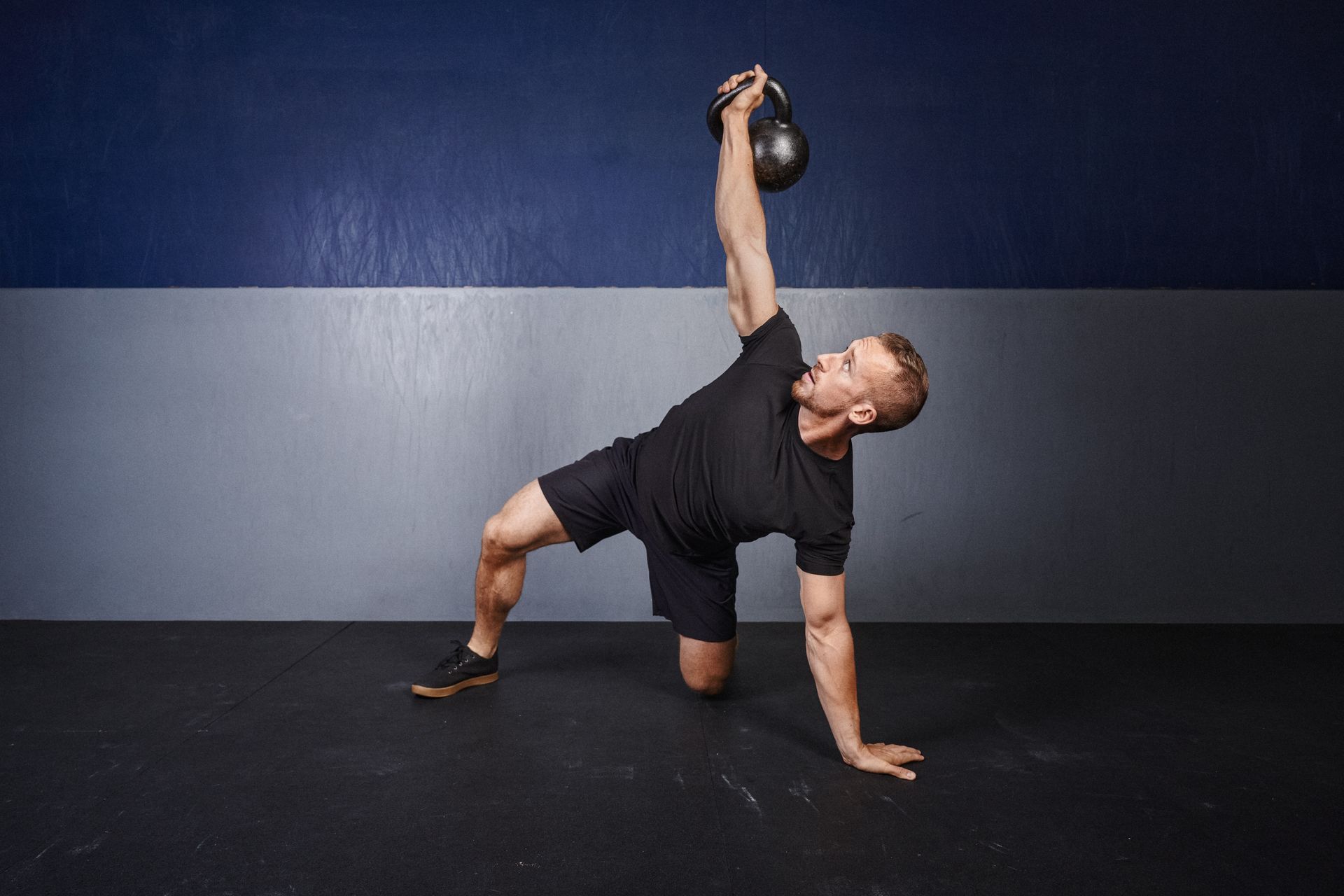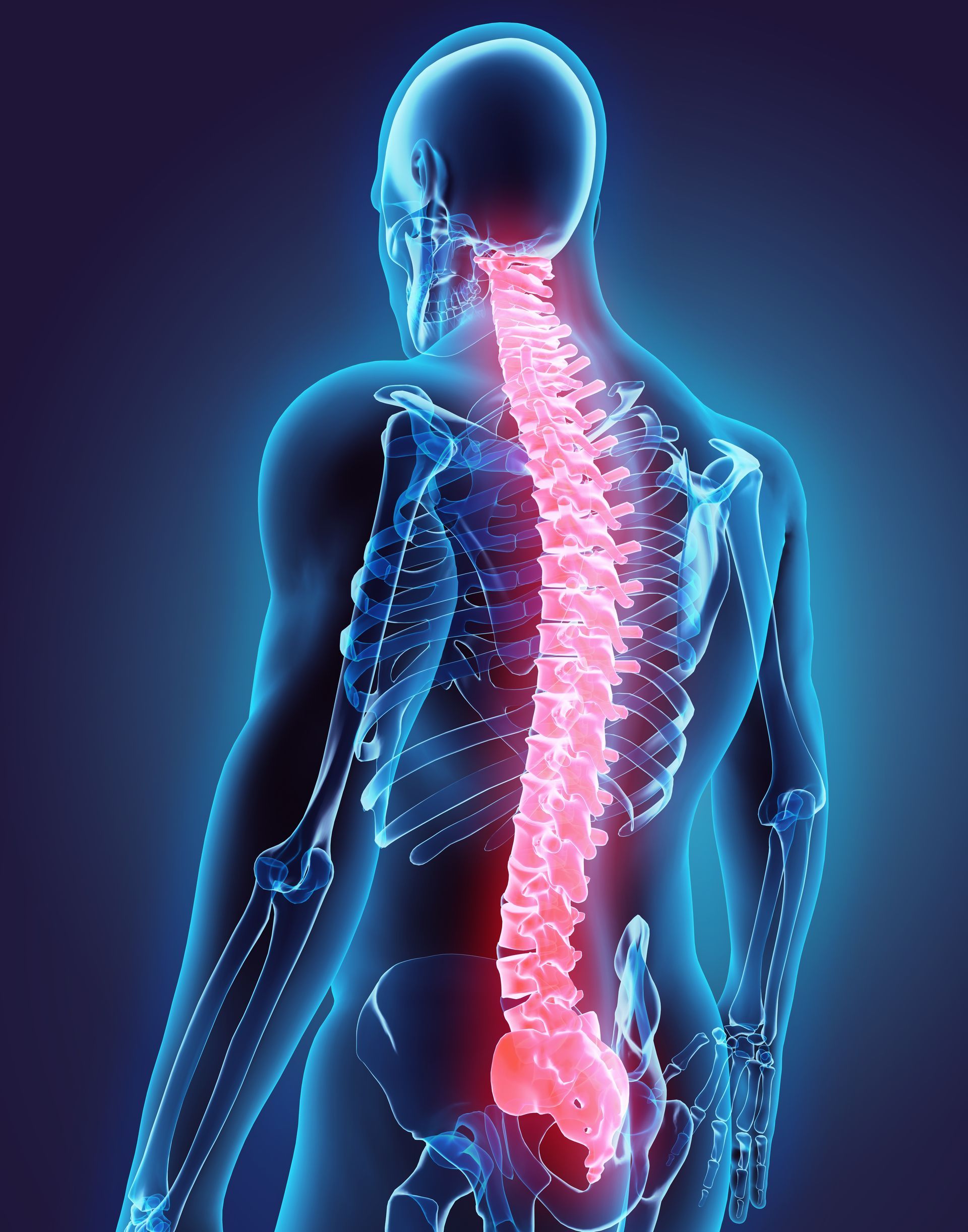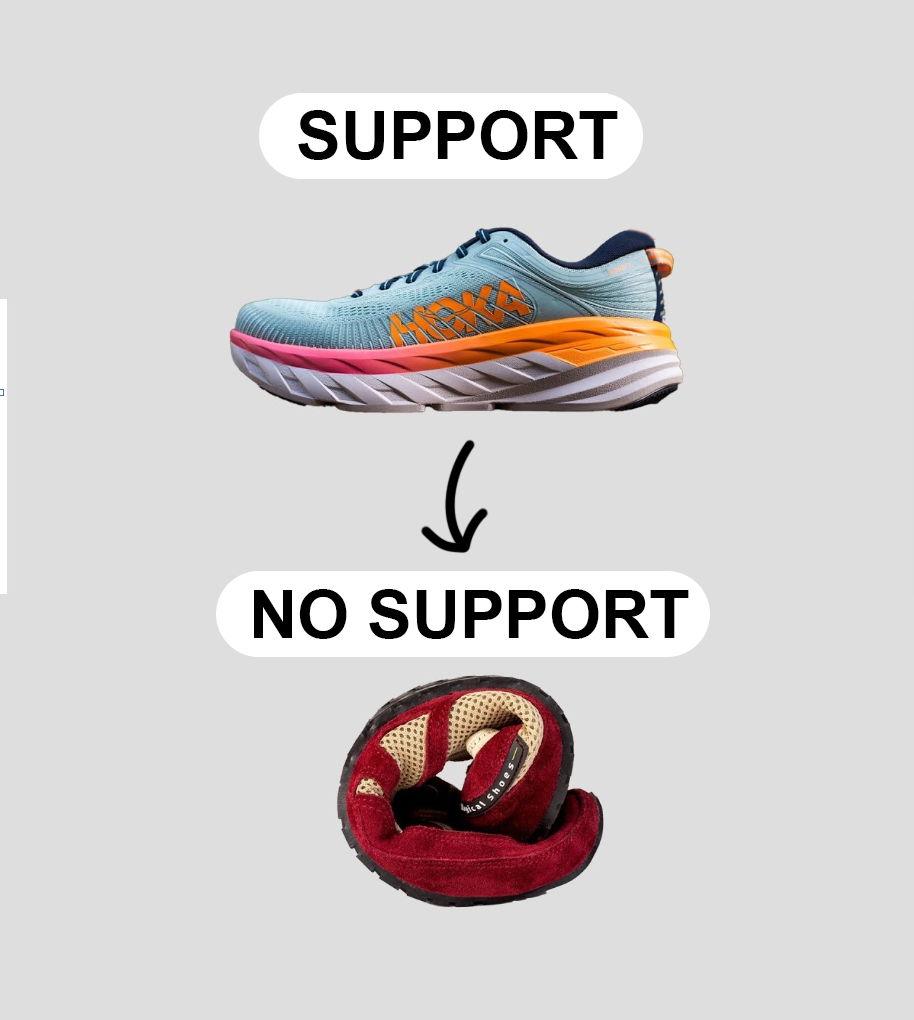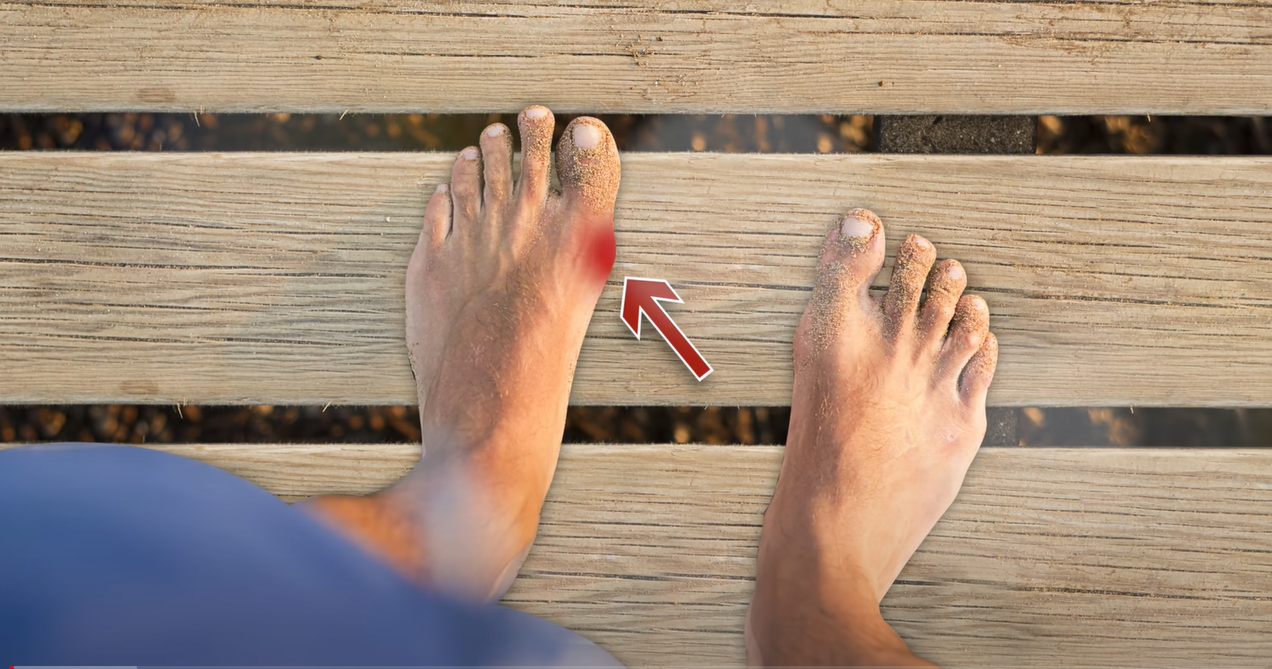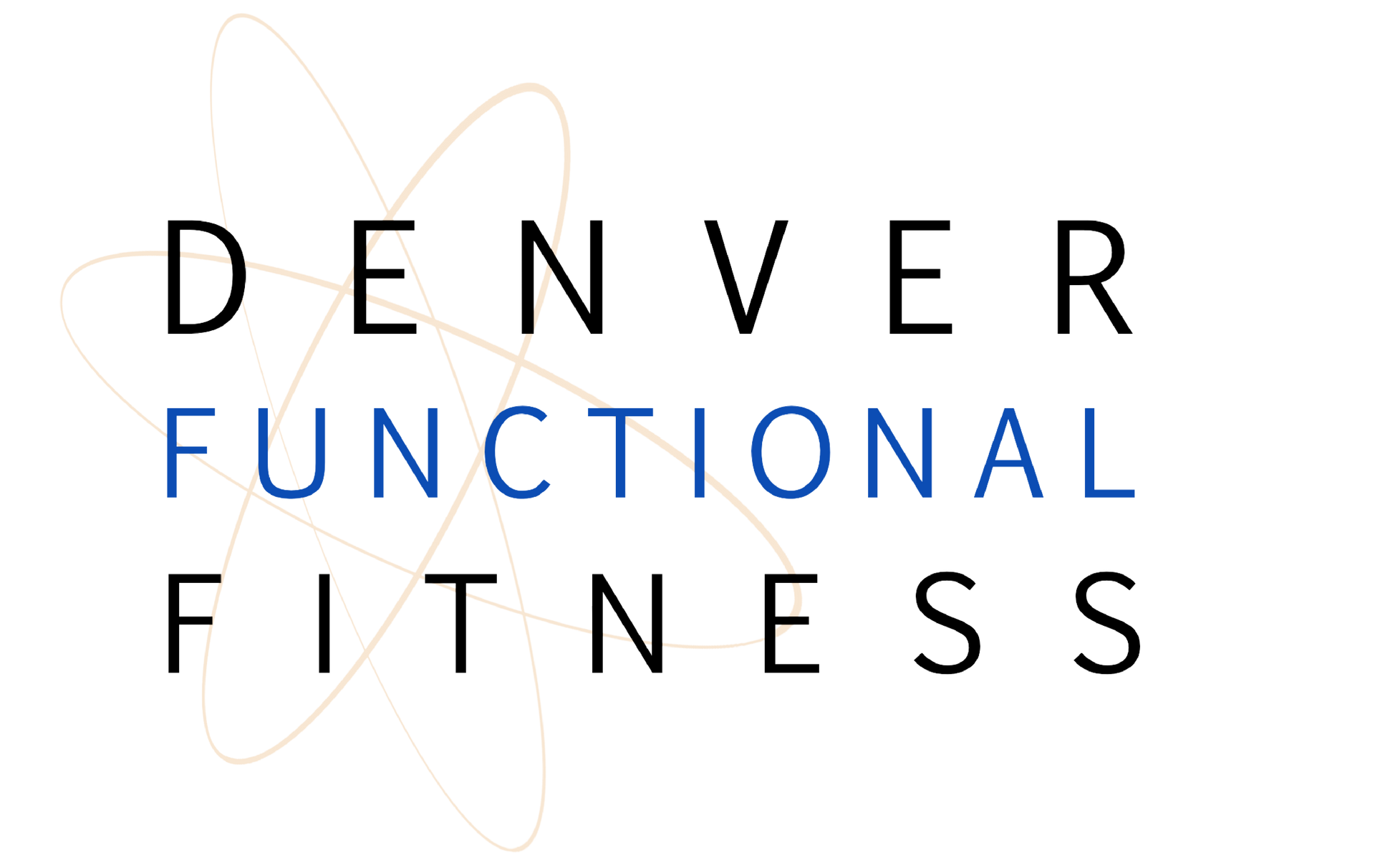Posts
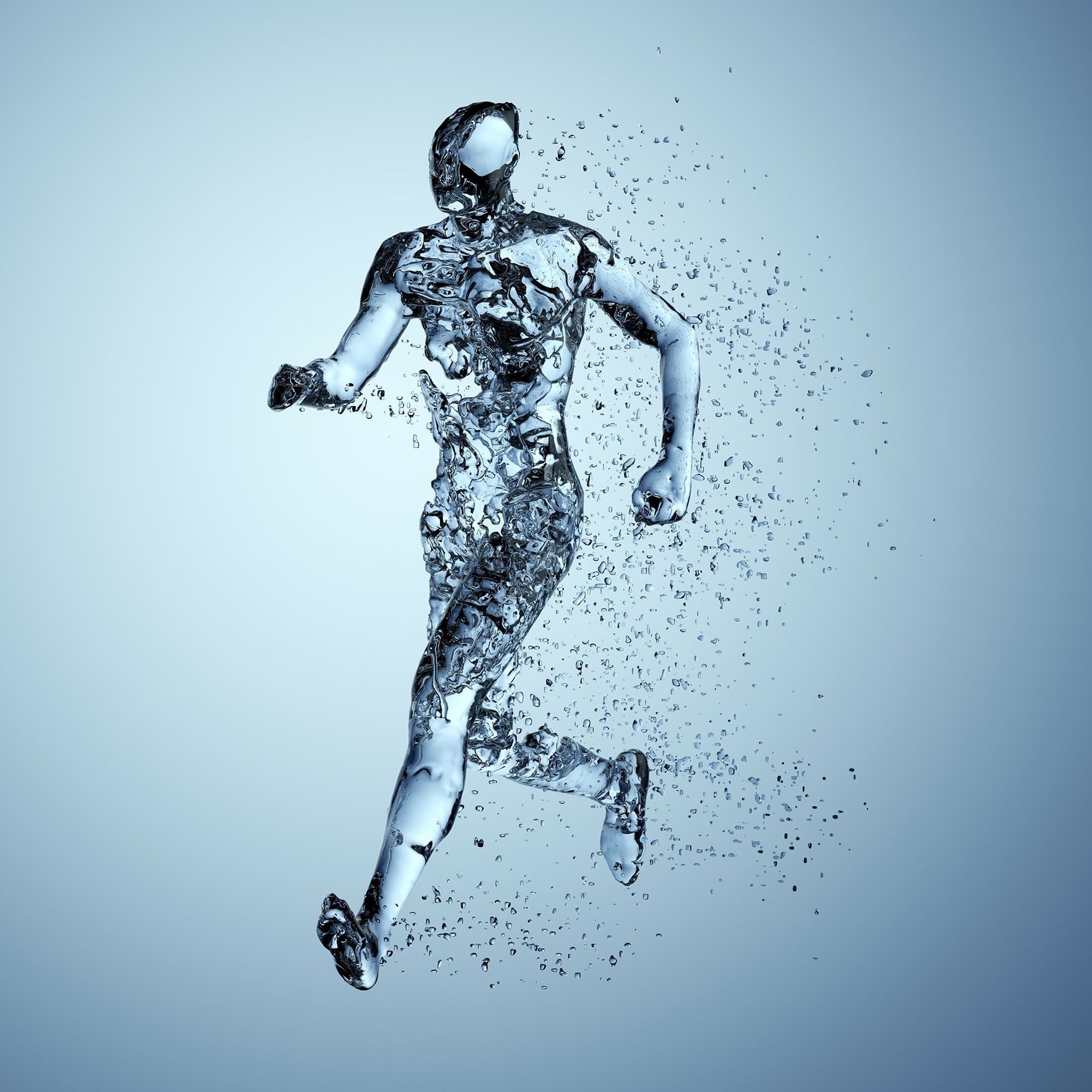
By Emily Kennel
•
04 Sep, 2023
In the realm of fitness and athletic training, the importance of rest days is undeniable. But the concept of an active rest day — where instead of complete rest, you engage in light activity — has gained traction in recent years as an effective way to expedite recovery, prevent burnout, and maintain momentum. So, how can you make the most of these days to reap all the benefits they offer? 1. Understanding Active Rest Days Before diving into how to optimize active rest days, it’s important to understand what they are. Active rest days differ from total rest days . Instead of complete inactivity, you're encouraged to engage in low-intensity activities that aren't strenuous. The objective is not to push the boundaries but to stay mobile, enhance circulation, and provide mental relaxation. 2. Listen to Your Body The first and most fundamental principle is listening to your body. Everyone's definition of 'light' or 'low-intensity' is subjective. What may be an easy activity for one person might be taxing for another. Thus, while selecting activities for active rest days, choose something that doesn’t exacerbate any pain or fatigue. This could include activities such as light jogging, a long walk, a low-intensity cycling session, etc. If you are interested in finding ways to switch up your active rest days, this article has some good ideas. 3. Diversify Activities To maximize the benefits, engage in activities different from your regular workout regimen. If you're a runner, consider swimming or yoga. This gives specific muscle groups a break while still keeping you active. 4. Incorporate Flexibility and Mobility Work Active rest days are the perfect time to work on flexibility and mobility, which are often sidelined in typical workouts. Activities such as yoga, tai chi, and simple stretching routines can enhance your range of motion, improve postural alignment, and help alleviate muscle tightness. Here are some ways to improve flexibility and mobility, and here is a video that provides a 5-minute daily mobility routine. 5. Engage in Activities that Promote Mental Relaxation The mental aspect of recovery is just as vital as the physical. Engage in activities that promote mental calmness. Walking in nature, practicing meditation, or even doing light gardening can be incredibly therapeutic. This video provides a short mindful meditation sequence to calm the mind. 6. Stay Hydrated and Prioritize Nutrition Nutrition plays a pivotal role in recovery. On active rest days, ensure you're consuming a balanced diet with adequate protein to support muscle repair. Staying hydrated is equally essential, as it aids in muscle function and recovery. 7. Focus on Active Recovery Techniques Apart from low-intensity workouts, consider techniques specifically designed for recovery. This includes foam rolling, which helps in myofascial release, decreasing muscle soreness, and increasing blood flow. Another option is spending time in a sauna or taking contrast showers (alternating between hot and cold water), both of which can accelerate recovery. Unsure how to do this? This video provides a 5-minute foam rolling routine to improve mobility and enhance recovery. 8. Set a Limit While the idea is to remain active, it's crucial to not overdo it. Limit your active rest activities to 20-60 minutes, depending on the intensity and how your body feels. 9. Reconnect with the Joy of Movement Active rest days offer a chance to reconnect with the joy of movement without the pressure of hitting specific targets or pushing boundaries. It's a time to enjoy the process, feel good in your body, and be present in the moment. 10. Reevaluate Regularly As you progress in your fitness journey, your tolerance and capacities change. Regularly assess how you feel post active rest days. If you're more fatigued, it might be a sign to tone down the activity. Conversely, if you feel even more energized, you might be ready to slightly ramp up the intensity. Conclusion Active rest days, when used judiciously, can be a game-changer in enhancing recovery, preventing injuries, and maintaining a balanced relationship with exercise. By listening to your body, diversifying your activities, and focusing on both physical and mental recovery, you can harness the full potential of these days, making your fitness journey more sustainable and enjoyable.

By Emily Kennel
•
21 Jul, 2023
TYPES OF TRIATHLONS Triathlons come in a variety of distances, designed to suit different levels of fitness and experience. Here are the most common types: Sprint Triathlon : This is generally the shortest distance and a great place for beginners to start. Distances can vary slightly, but a typical sprint triathlon consists of a 0.5-mile (750 meter) swim, a 12.4-mile (20 kilometer) bike ride, and a 3.1-mile (5 kilometer) run. Olympic Triathlon : Also known as "standard" or "international" distance, this is the standard distance used in the Olympic Games. It consists of a 0.93-mile (1.5 kilometer) swim, a 24.8-mile (40 kilometer) bike ride, and a 6.2-mile (10 kilometer) run. Half-Ironman : Officially referred to as "Ironman 70.3", with the number referring to the total distance in miles. A Half-Ironman includes a 1.2-mile (1.9 kilometer) swim, a 56-mile (90 kilometer) bike ride, and a 13.1-mile (21.1 kilometer) half-marathon run. Ironman : The Ironman is considered one of the most challenging endurance events. It consists of a 2.4-mile (3.8 kilometer) swim, a 112-mile (180.2 kilometer) bike ride, and a 26.2-mile (42.2 kilometer) marathon run. Ultra Triathlon : These are events that exceed the Ironman distance. They can come in a variety of formats, but a common example is the Double Ironman, which includes a 4.8-mile (7.6 kilometer) swim, a 224-mile (360.4 kilometer) bike ride, and a 52.4-mile (84.4 kilometer) run. The distances for the sprint and Olympic triathlons can vary slightly depending on the specific event. Always check the race specifics when you sign up for an event. List of commonly held triathlons in Colorado. For more information about dates and sign-up information, click here . Sign up for USA Triathlon membership here . Ironman Boulder : An annual event that takes place in Boulder, Colorado. This full Ironman race includes a 2.4-mile swim, a 112-mile bike ride, and a 26.2-mile marathon run. Boulder Peak Triathlon : A popular event that features an Olympic distance triathlon: 1.5 km swim, 40 km bike, and 10 km run. It's held in and around the Boulder Reservoir. Harvest Moon Long Course Triathlon : Located in Aurora, this event includes a 1.2-mile swim, a 56-mile bike ride, and a 13.1-mile run. Boulder Sunrise Triathlon : This event typically offers multiple race distances including Sprint and Olympic. It's also located at the Boulder Reservoir. Without Limits Triathlon Series : Without Limits Productions organizes a series of triathlon events in and around Boulder, including the Colorado Triathlon, the Lookout Mountain Triathlon, and others. XTERRA Indian Peaks : This is an off-road triathlon held at Eldora Mountain Resort, near Nederland. The race typically includes a 1K swim, a 22K mountain bike ride, and a 7K trail run. Loveland Lake to Lake Triathlon : An Olympic and Sprint distance triathlon that's been running for over two decades. 5430 Triathlon Series : This was a popular series of triathlons, named after Boulder's elevation (5430 feet). As of my last update, the status of this series is uncertain, but it may continue under new management or branding. Is This Your First Triathlon? Training for a triathlon is a significant undertaking, particularly for new triathletes. The sport involves three different disciplines — swimming, cycling, and running — which each require different skill sets, techniques, and types of training. If you're not sure where to start or struggling to develop a training program, working with a personal trainer can be extremely beneficial. Understanding Triathlon Specifics : A personal trainer with knowledge of triathlons can help you understand the intricacies of the sport, such as pacing, transitions between disciplines, equipment setup, and race-day nutrition. Developing a Tailored Training Plan : Every individual has different strengths, weaknesses, and endurance levels. A personal trainer can develop a customized training plan that plays to your strengths and helps improve your weaknesses. Technique Improvement : The right technique can significantly enhance your performance and prevent injuries. A personal trainer can provide feedback and guide you in refining your swimming stroke, cycling posture, and running form. Injury Prevention : Overtraining or incorrect training can lead to injuries, especially in a sport as demanding as triathlon. A personal trainer can help you safely build your strength and endurance, and guide you on the right recovery and stretching techniques. Accountability and Motivation : Training for a triathlon can be a long and sometimes lonely journey. A personal trainer provides that essential human interaction, helping to keep you motivated, accountable, and focused on your goals. Nutritional Advice : Proper nutrition and hydration are vital to fuel your training and to recover effectively. A knowledgeable personal trainer can guide you on how to adjust your diet to meet your training needs. Boost Confidence : A personal trainer can help you build confidence in your abilities, provide reassurance, help with goal setting, and offer support through any setbacks. This psychological boost can be just as important as physical training in achieving your goals. Starting your triathlon journey with a personal trainer can provide you with a solid foundation and significantly enhance your performance. If this is something that interests you, fill out my contact form . From there, we will schedule training sessions where I will assess your form, develop a training plan all the way up to competition day, and address your specific training needs.

